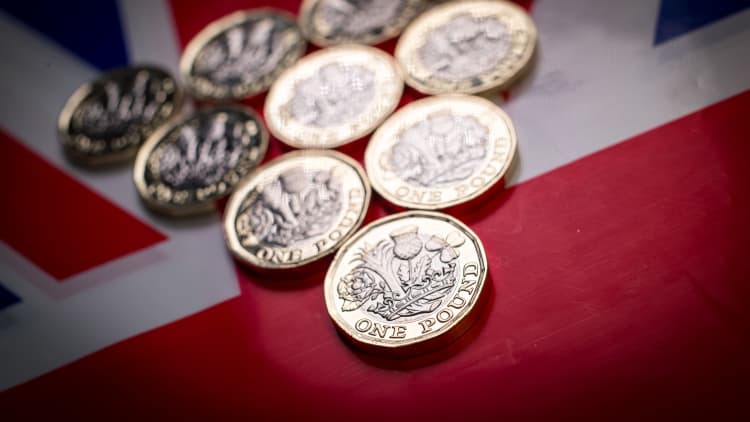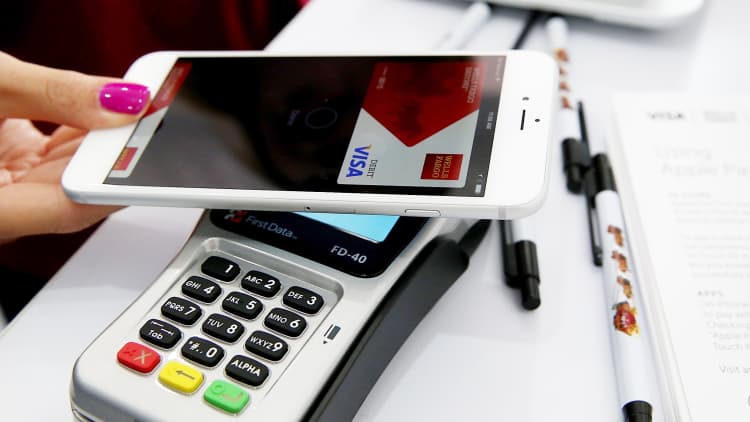
The U.S. is finally embracing contactless payments, which will likely accelerate the move away from cash in favor of credit, debit and mobile wallets. And it's largely thanks to hurried commuters.
As early as this spring, New York City subways and buses will enable riders to tap a contactless bank card or their mobile wallet at turnstiles, according to the Metropolitan Transportation Authority, which runs America's largest urban transportation network.
"The ability to tap through the turnstile is going to be great," said Chris Reid, an executive vice president of cyber, intelligence and data services at Mastercard. "It drives a huge amount of efficiencies for the transit system."
"This could further the transition from cash to plastic," said Ted Rossman, an industry analyst at Creditcards.com.
In fact, fewer and fewer adults are using printed or minted U.S. currency any more. About 3 in 10 Americans said they make no purchases with cash in a typical week, up from a quarter in 2015, according to the Pew Research Center.
For now, paper currency still remains the most frequent method of payment in the country overall, representing roughly 31 percent of all consumer transactions, more than electronic, credit, debit or checks.
Still, contactless cards are considered much more secure. They are embedded with a near-field communication antenna that can be used for proximity payments via radio waves. To make a payment, consumers just tap the card to a point-of-sale terminal.
The card creates a dynamic cryptogram, or code, which is unique for each individual transaction.
This is similar to chip cards' smart technology, also known as EMV, which can process card transactions with embedded smart chips — except it is much faster.
Abroad, consumers are adopting contactless payments in ever-increasing numbers. In Australia, the United Kingdom, Canada and South Korea, for example, contactless cards account for more than 20 percent of all retail transactions. In the U.S., that number is less than 1 percent, according to a research report by A.T. Kearney.
"We're basically starting from zero," Rossman said. "The U.S. is way behind the rest of the world when it comes to contactless cards, similarly to how we lagged on chip cards."
However, "we are now going beyond the tipping point for contactless to take off," added Reid.
Just as contactless payments in the U.K. got a boost when the London Underground transportation system began using "pay as you go," the implementation of the same technology by transit authorities in several major U.S. cities — including Boston, Chicago and San Diego, as well as New York — "should be a catalyst for broader contactless usage" nationwide, according to the authors of the A.T. Kearney report.



